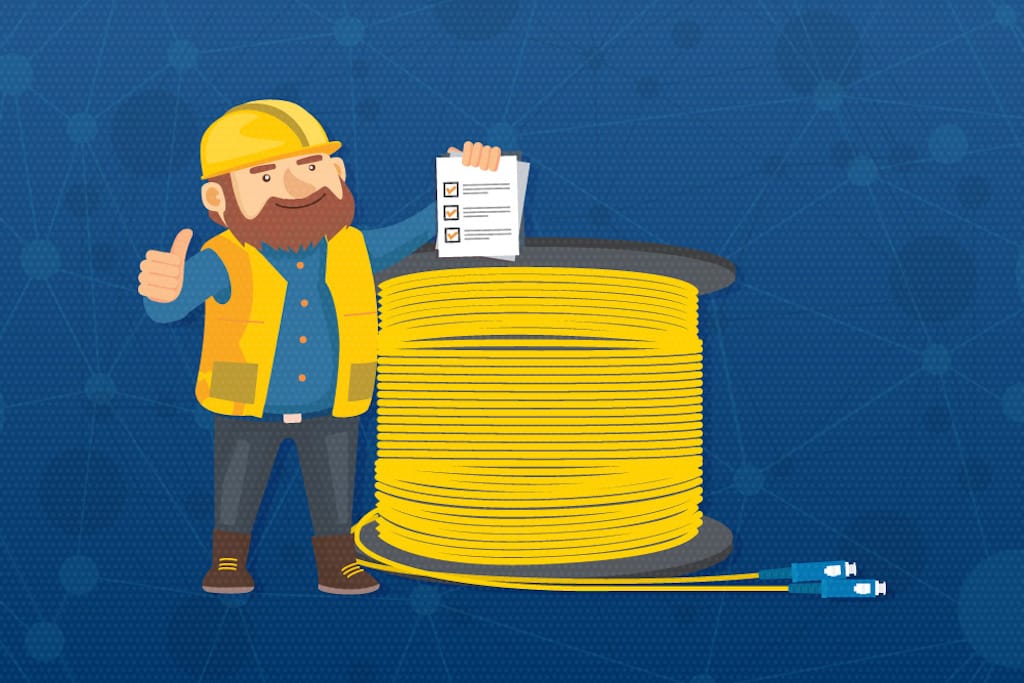Fiber Finds Its Footing, Offering Future-Proof High Speeds
The COVID-19 pandemic provided the foundation case for why fiber’s symmetrical capabilities have became so central.

From the 12 Days of Broadband:
- On the First Day of Broadband, my true love sent to me:
A Symmetrical Gigabit Network….

If 2022 was nothing else, it was the year in which symmetrical fiber became the hands-down unquestioned technology for broadband deployment.
Fiber isn’t exactly an immature technology: It’s been in widespread use for decades. But until the 21st century, fiber-to-the-home deployments weren’t very common in the United States. In part, this was because other technologies had a strong foothold, including co-axial cables used by cable television giants, legacy copper wiring for Digital Subscriber Lines first put in place by Ma Bell and her progeny, and various forms of wireless transmissions (both terrestrial and satellite).

Download the complete 12 Days of Broadband report
FTTH deployments, as they are sometimes called, grew slowly in the first decade of the century. Google Fiber sparked widespread enthusiasm with its “Think Big With a Gig” campaign in 2010. Over the next decade, more American internet subscribers began to associate a Gigabit per second (Gbps) of connectivity as the benchmark for a modern internet connection.
Still, connectivity lagged. According to a report compiled earlier in 2022 by Michael Render of RVA LLC Market Research and Consulting for the Fiber Broadband Association, 43 percent of U.S. households have access to fiber. Yet of these 60.5 million homes passed by fiber, 24.3 million subscribe, meaning that only about 17 percent of American homes use fiber at home.
Yet now, with the rollout of the Infrastructure Investment and Jobs Act, fiber is getting a boost over its competitor technologies.
In some ways, the COVID-19 pandemic provided the foundation case for why fiber’s symmetrical capabilities became so central. A Gigabit symmetrical network providers users the ability to transmit data upstream at 1 Gigabit per second (Gbps), as well as downstream at 1 Gbps. That became more necessary in a time when many, many users were engaging in videoconferencing and other high-bandwidth technologies in the home.
Speaking at the FBA’s annual conference in Nashville in June, the Biden administration official charged with working on broadband infrastructure deployment said that he wasn’t afraid to explicitly state that the U.S. Commerce Department favors fiber over other technologies.
“You will see that we have clearly expressed a preference for fiber,” said Andy Berke, the former mayor of Chattanooga, Tenn., which rose to national prominence on the strength of its “Gig City” network run by the city’s electric utility provider.
Berke, who at the time was the administration’s “Special Representative for Broadband” at the National Telecommunications and Information Administration (and became the U.S. Agriculture Department’s utilities administrator in October), called fiber “future proof. If we put something in the ground, we know we are only going to have to put in the ground once.”
The widespread prevalence of Wi-Fi in the home, and other forms of wireless – including 5G – aren’t going to be any less significant. But when it comes to carrying bits from one place to another, fiber is now the unquestioned king of the hill.










